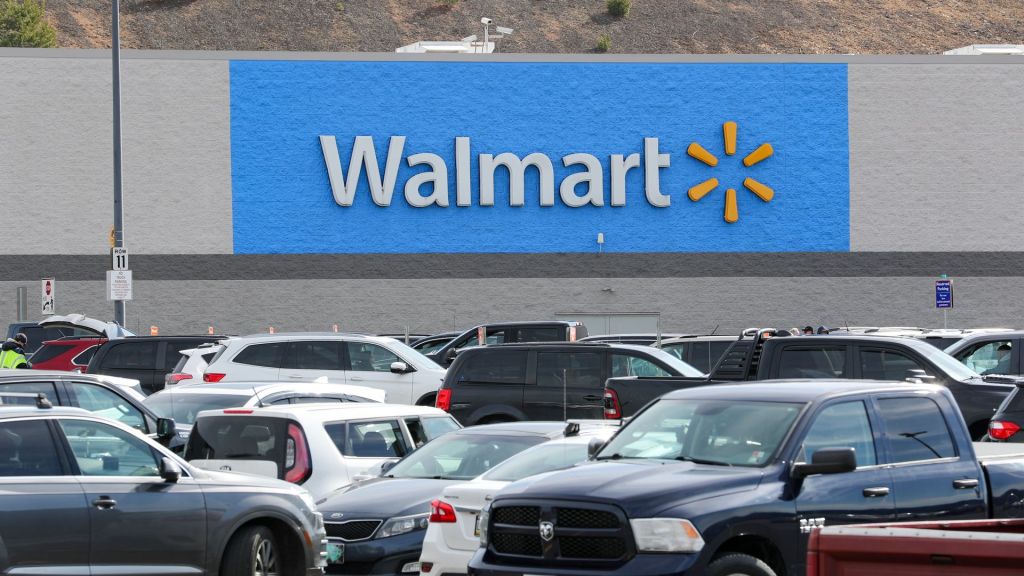Target Self Checkout: Why Major Retailers Are Scaling Back
Target's self checkout lanes have become a familiar sight in stores across the United States. Customers have enjoyed the speed and autonomy of these checkout options. However, recent years have brought significant changes as Target and other retail giants re-evaluate the role of self-service technology in their stores. Let's dive into why these changes are happening, what they mean for shoppers, and the broader trends shaping the future of retail checkout.

Image: A busy Target self checkout section reflects both popularity and scrutiny.
Why is Target Scaling Back Self Checkout?
Target has started limiting the use of self checkout to customers with 10 items or less. This policy, according to the company, focuses on improving the customer experience by reducing wait times and making the checkout process smoother for everyone. However, industry experts suggest another critical factor: the need to combat theft, also known as "shrink."
In fact, reports indicate Target faced nearly $500 million in shrink-related losses over a year. High-profile theft cases involving the self checkout system have raised concerns, prompting Target and others to rethink their approach. During the COVID-19 pandemic, self-service soared in popularity. Now, as customer habits shift post-pandemic, retailers are focusing more on preventing losses and addressing customer complaints about long lines and technical issues.
The Customer Response
The reaction from shoppers has been mixed. Many prefer the independence that Target self checkout provides, allowing them to skip long lines and manage their own pace. Yet, as some media outlets report, customers are expressing frustration over new restrictions. Social media channels highlight increased wait times and confusion at stores where self checkout lanes have been removed or replaced with traditional, staffed registers.
Industry-Wide Retrenchment on Self Checkout
Target isn't alone in adjusting its self checkout strategy. Other major retailers such as Walmart, Dollar General, and Five Below have also scaled back their self-service options. According to external sources, many of these changes follow patterns of increased shoplifting and inventory loss. Some stores have even removed self checkout machines entirely or restrict their use to just a handful of items.
Retailers are discovering that while automation can enhance customer convenience, it also introduces new challenges. Theft, technical malfunctions, and customer dissatisfaction can outweigh the initial benefits, leading companies like Target to strike a new balance between convenience and security.
What Does the Future Hold for Target Self Checkout?
These changes reflect a larger debate within the retail sector. Will technology continue to shape and streamline the shopping experience, or will the focus shift back toward more personalized, employee-driven service? For now, the answer at Target is a bit of both. With self checkout remaining an option—but with new limits—Target aims to keep customers happy while protecting its bottom line.
Conclusion
The evolution of Target self checkout highlights the constant balancing act in modern retail. Companies must navigate customer expectations, security concerns, and operational challenges. As policies change, shoppers can expect to see new experiments in how retailers handle checkout. Whether you're a fan of DIY scanning or prefer a friendly cashier, the way we check out at Target is sure to keep evolving. Stay informed about these updates and be ready for more changes on your next Target run.